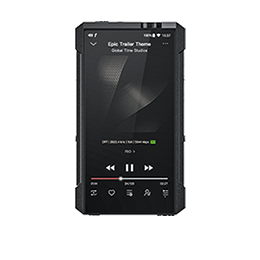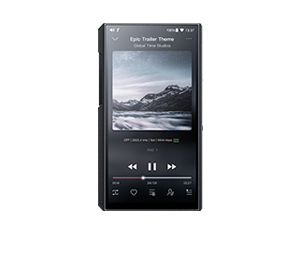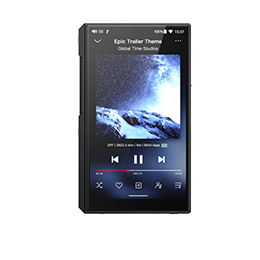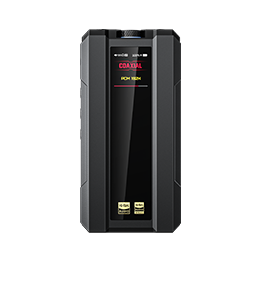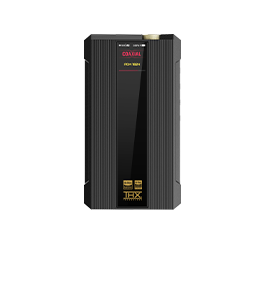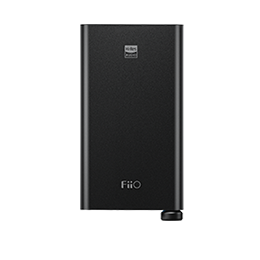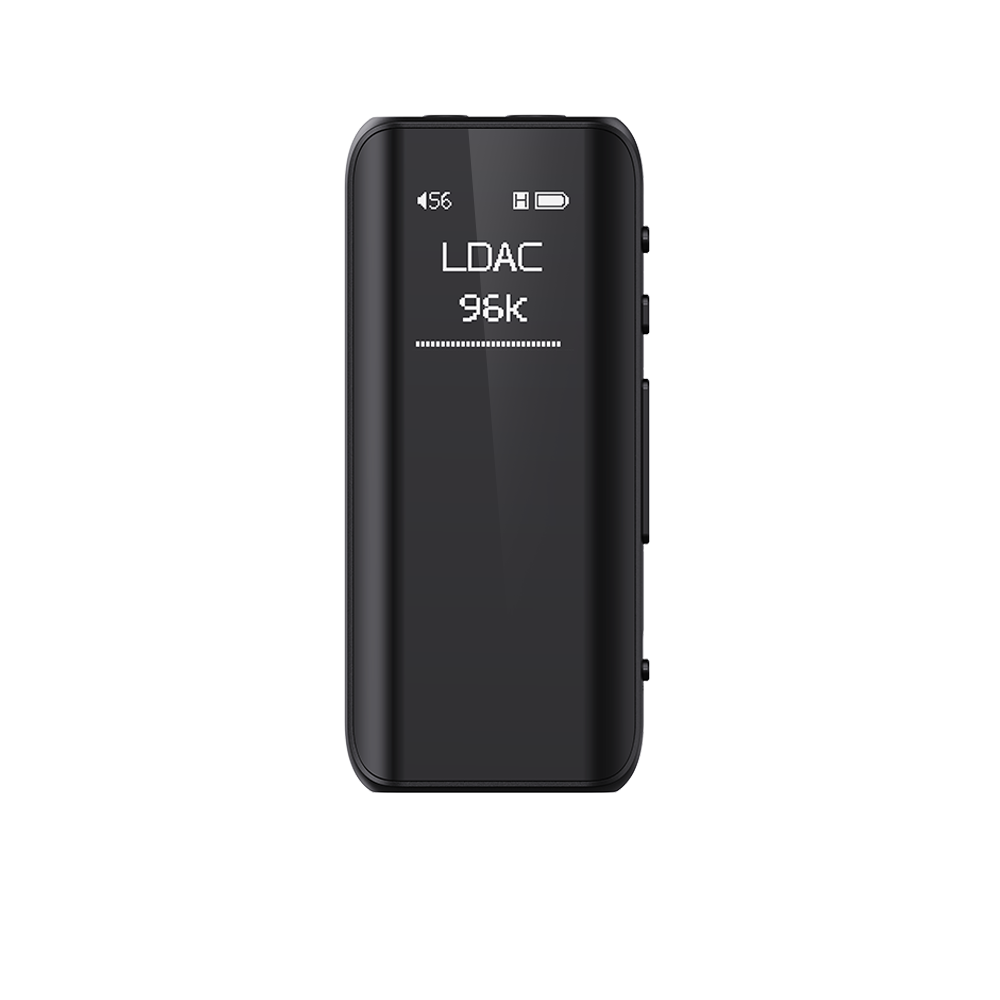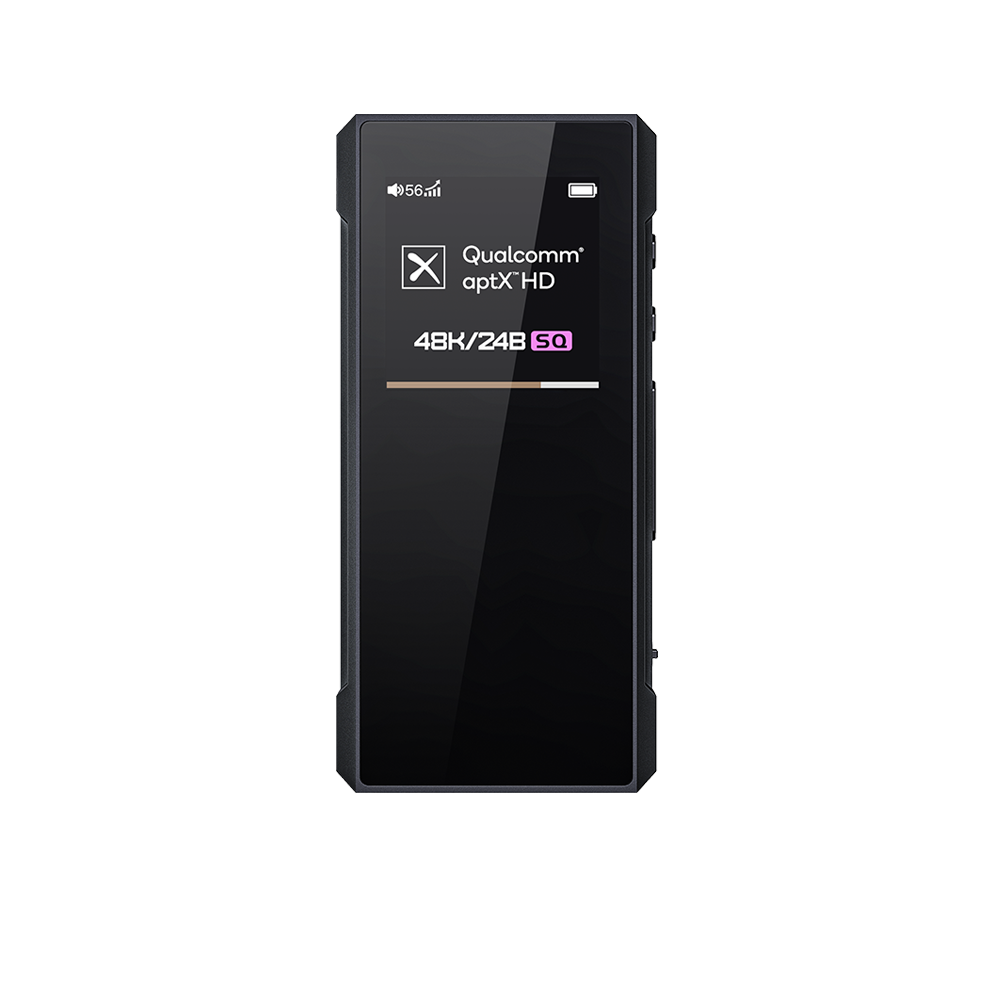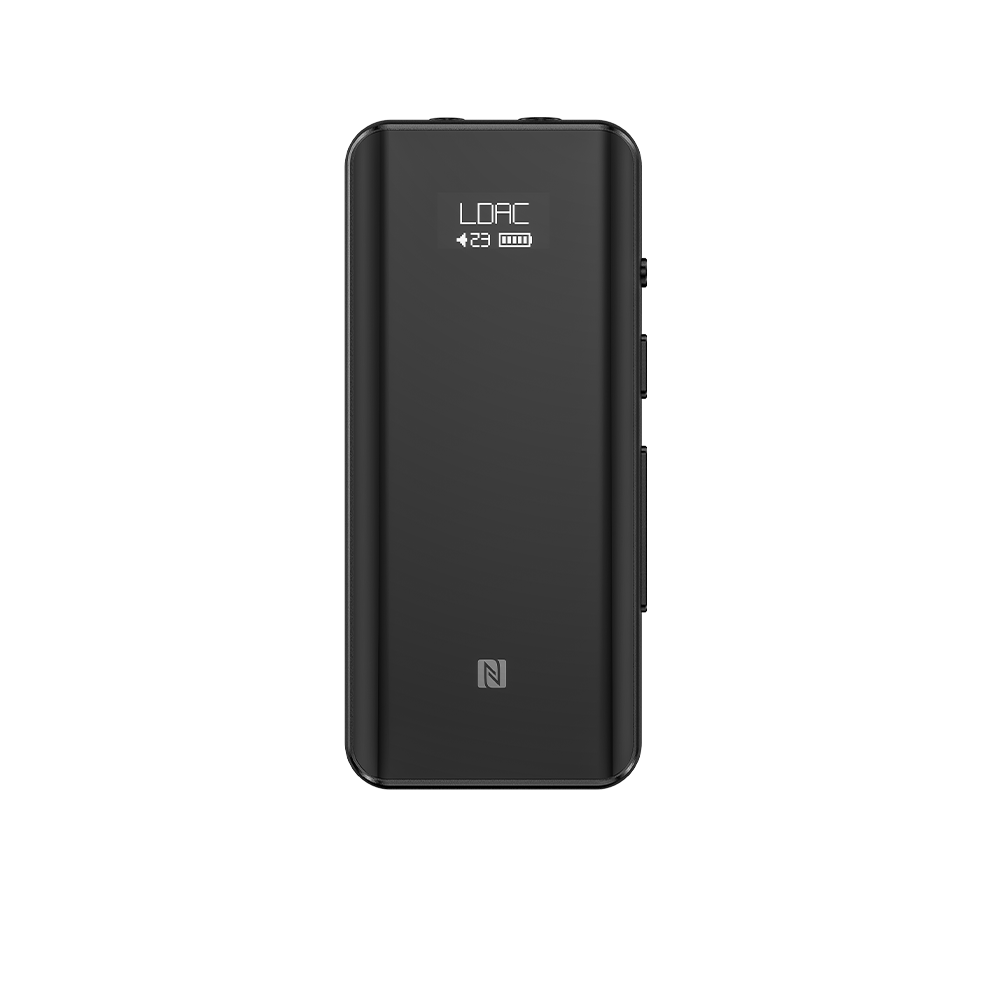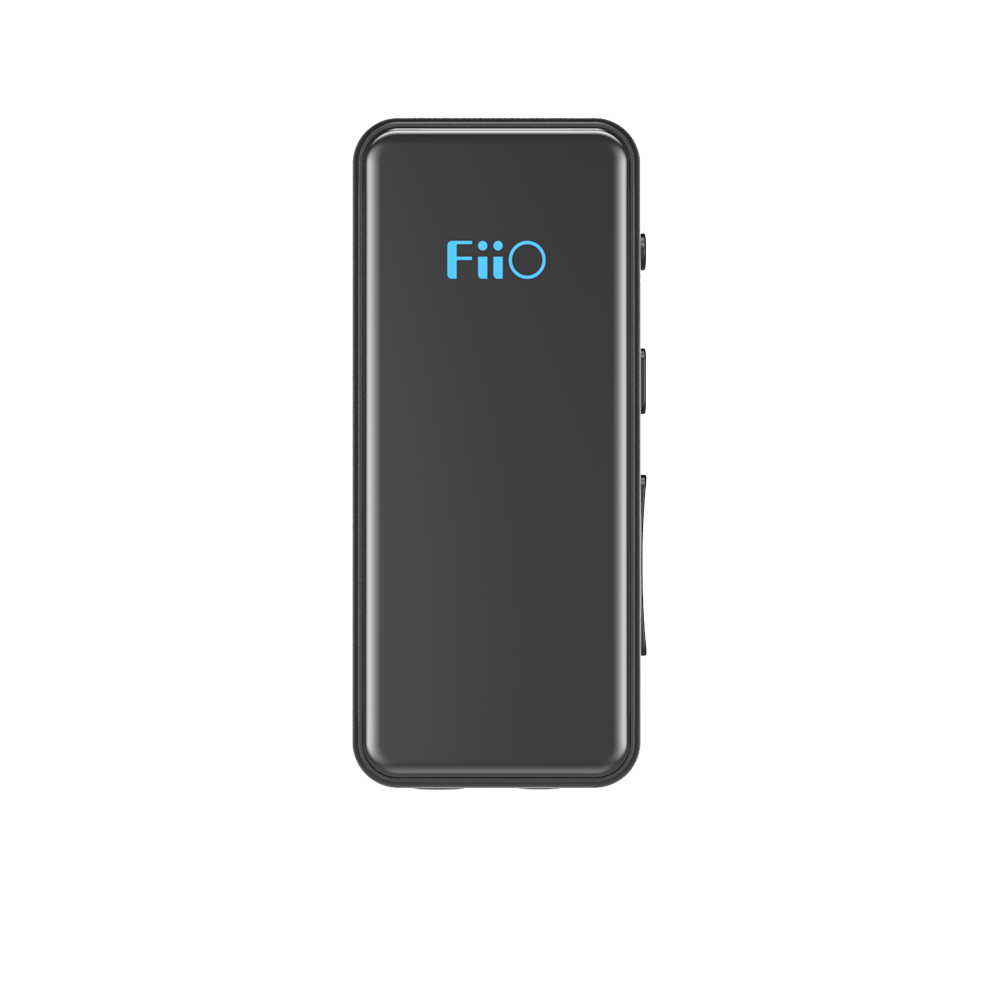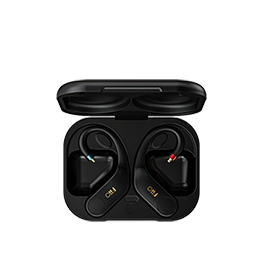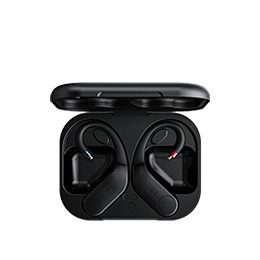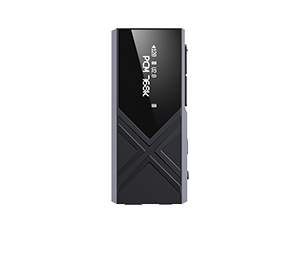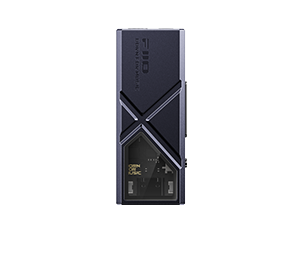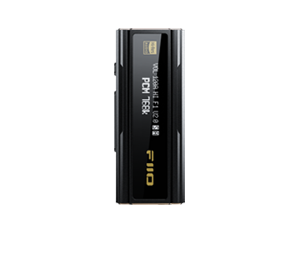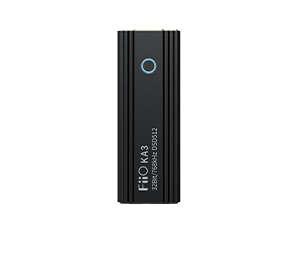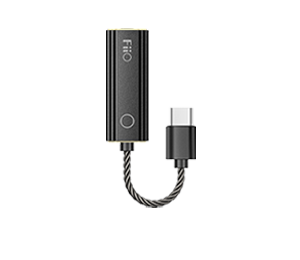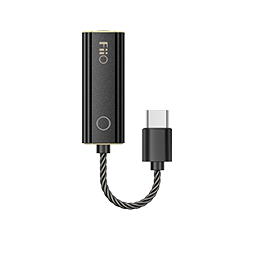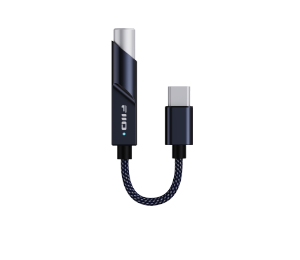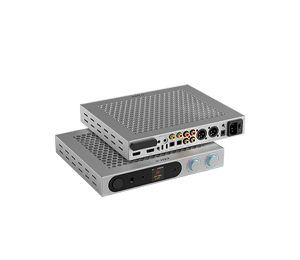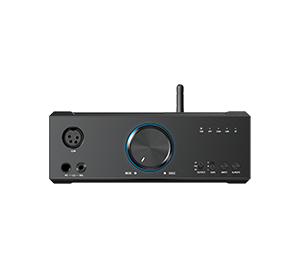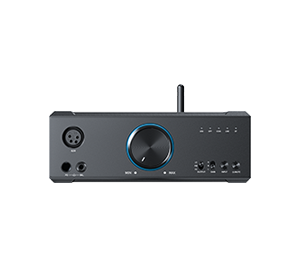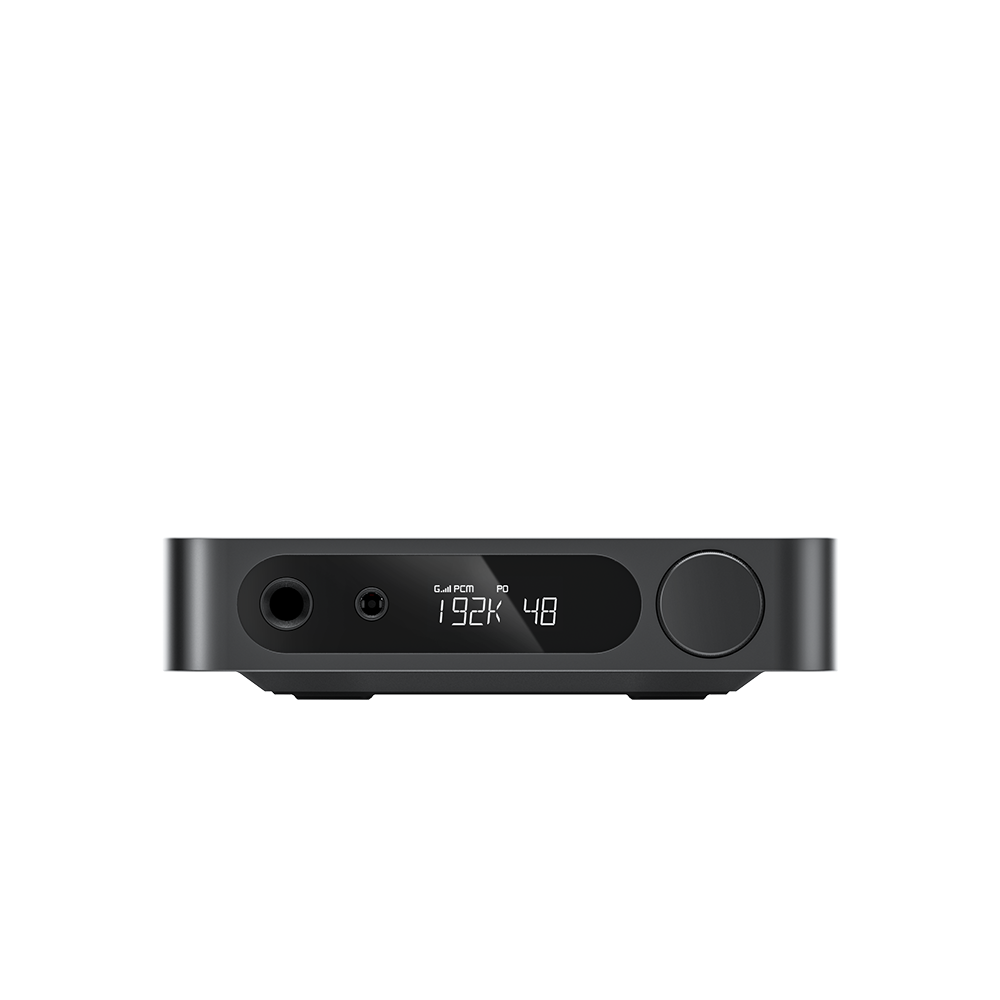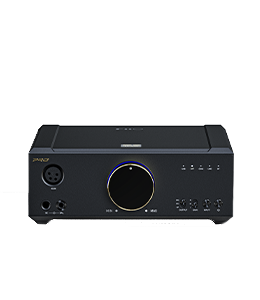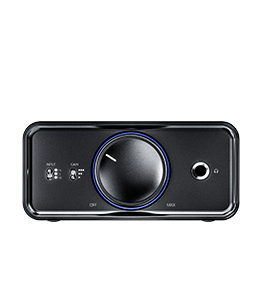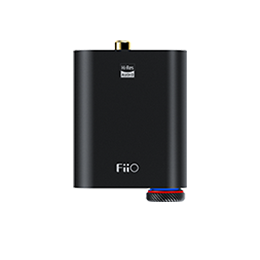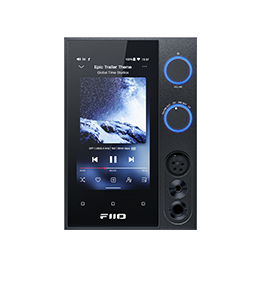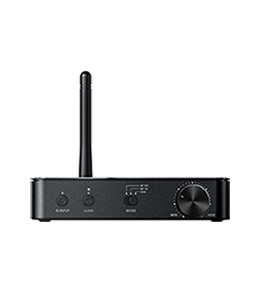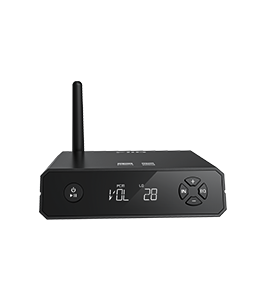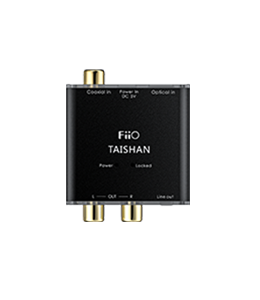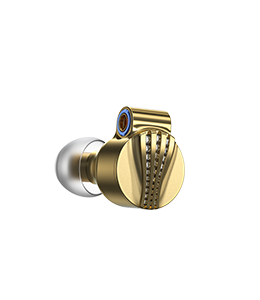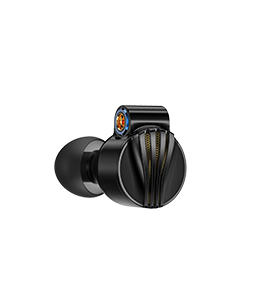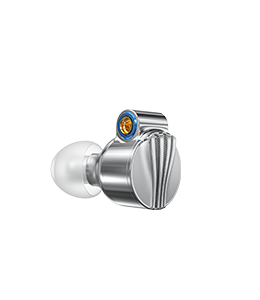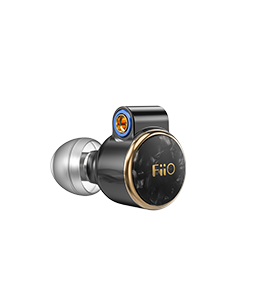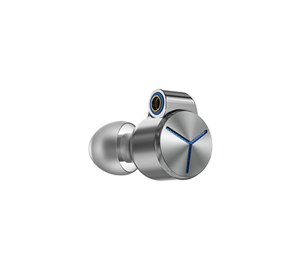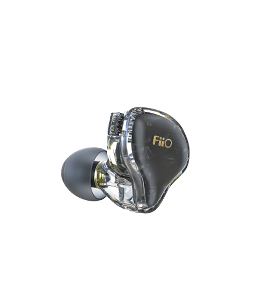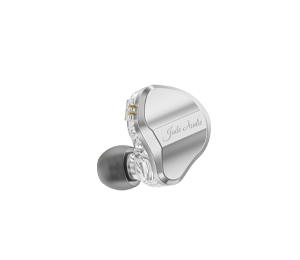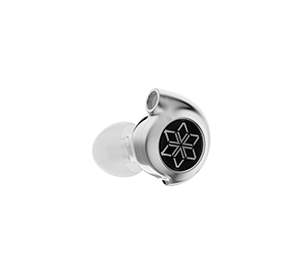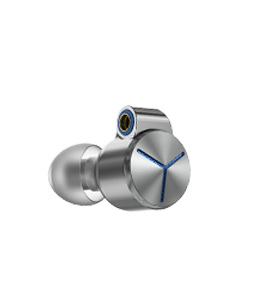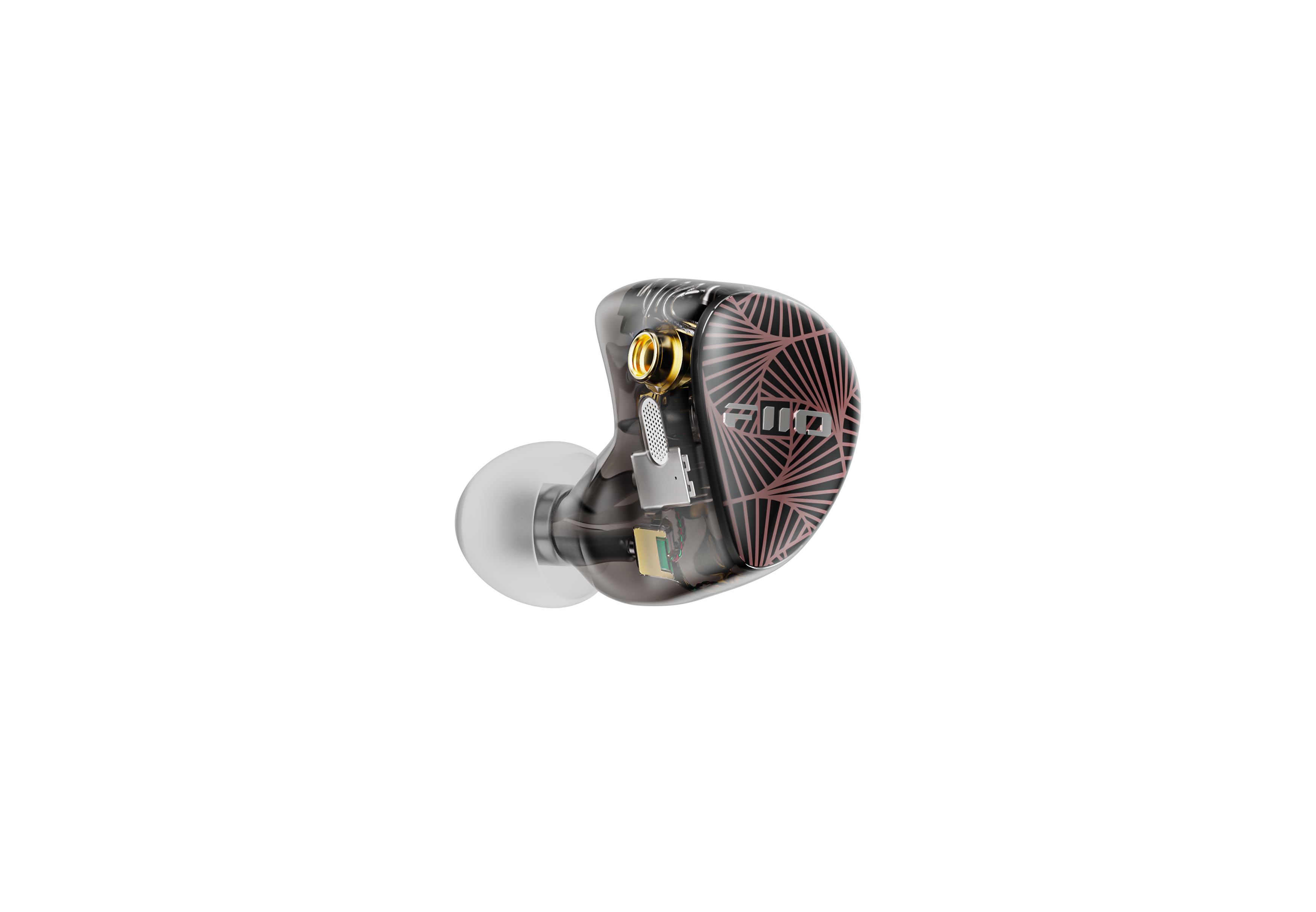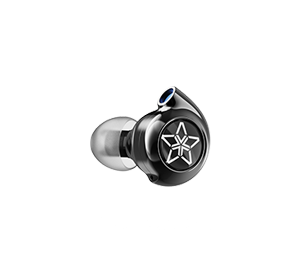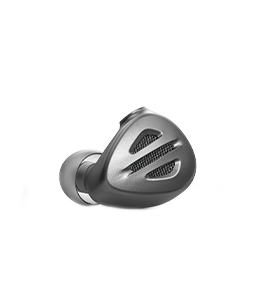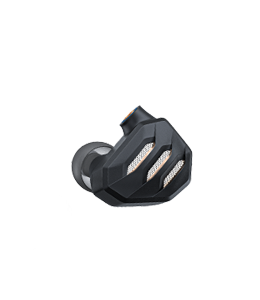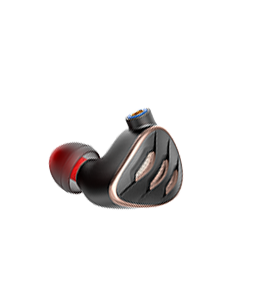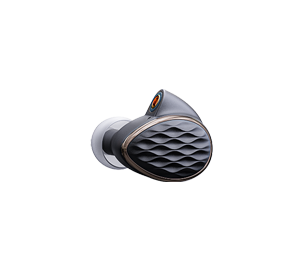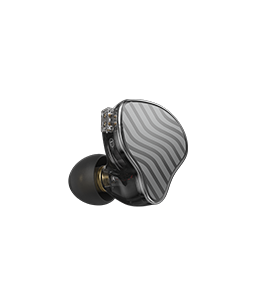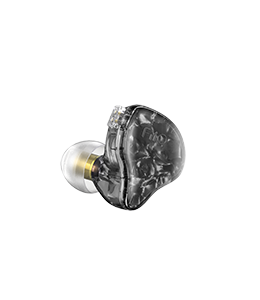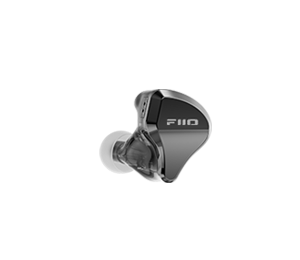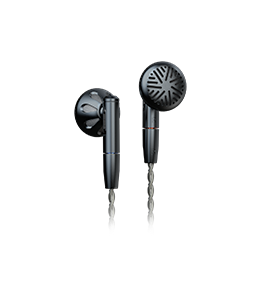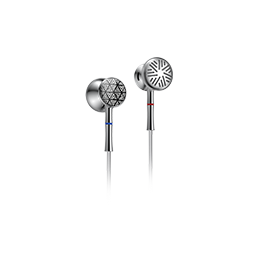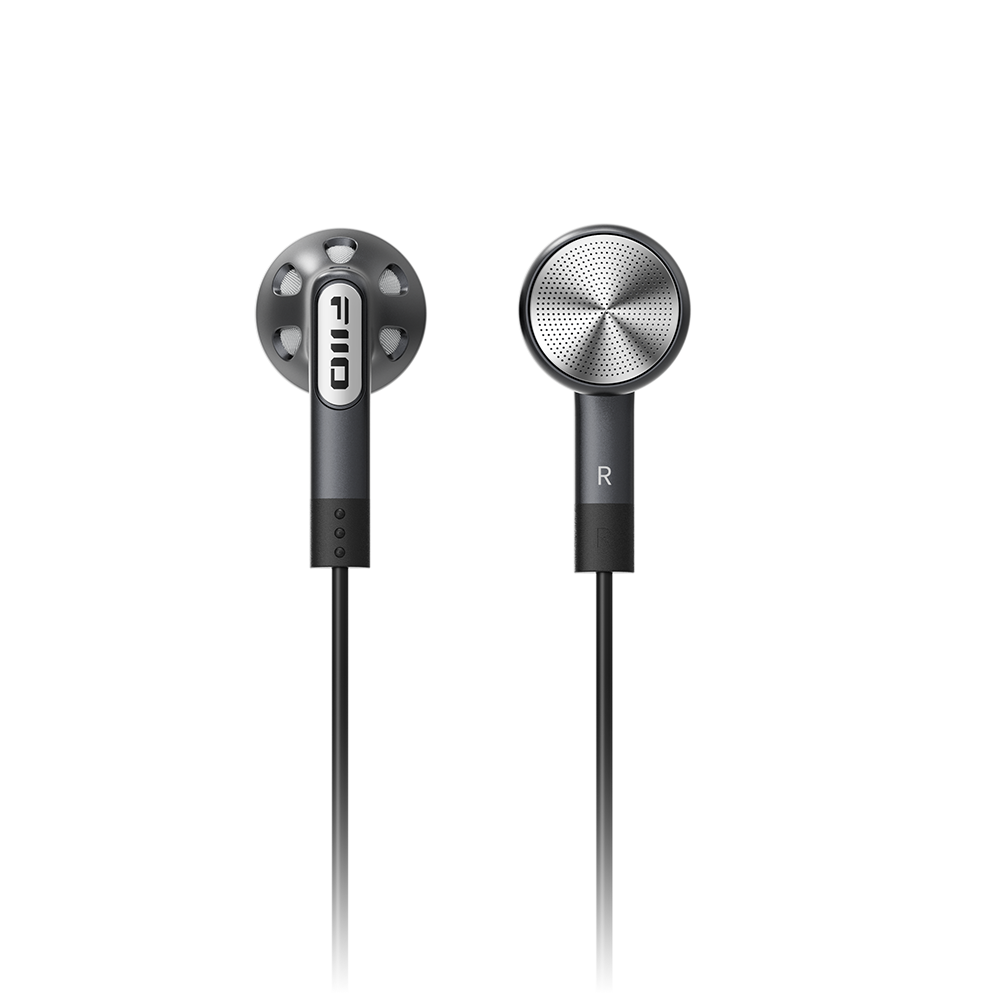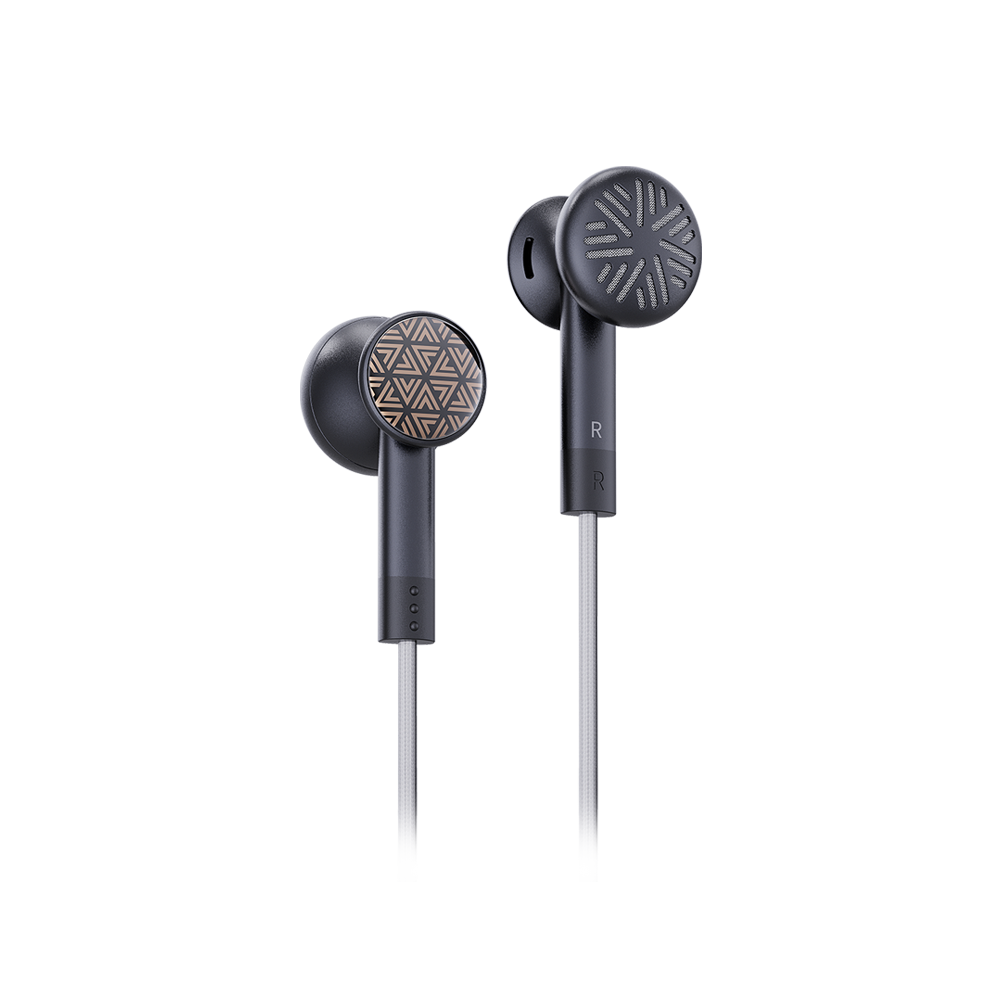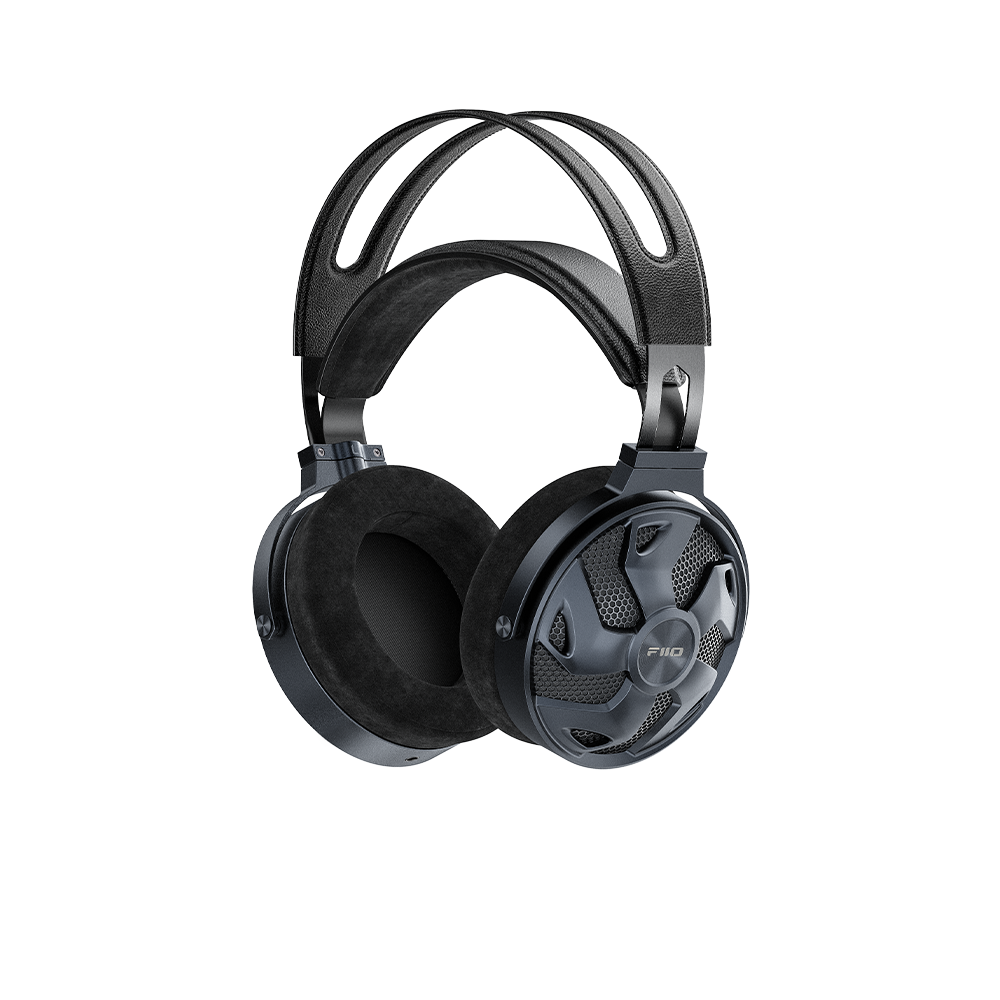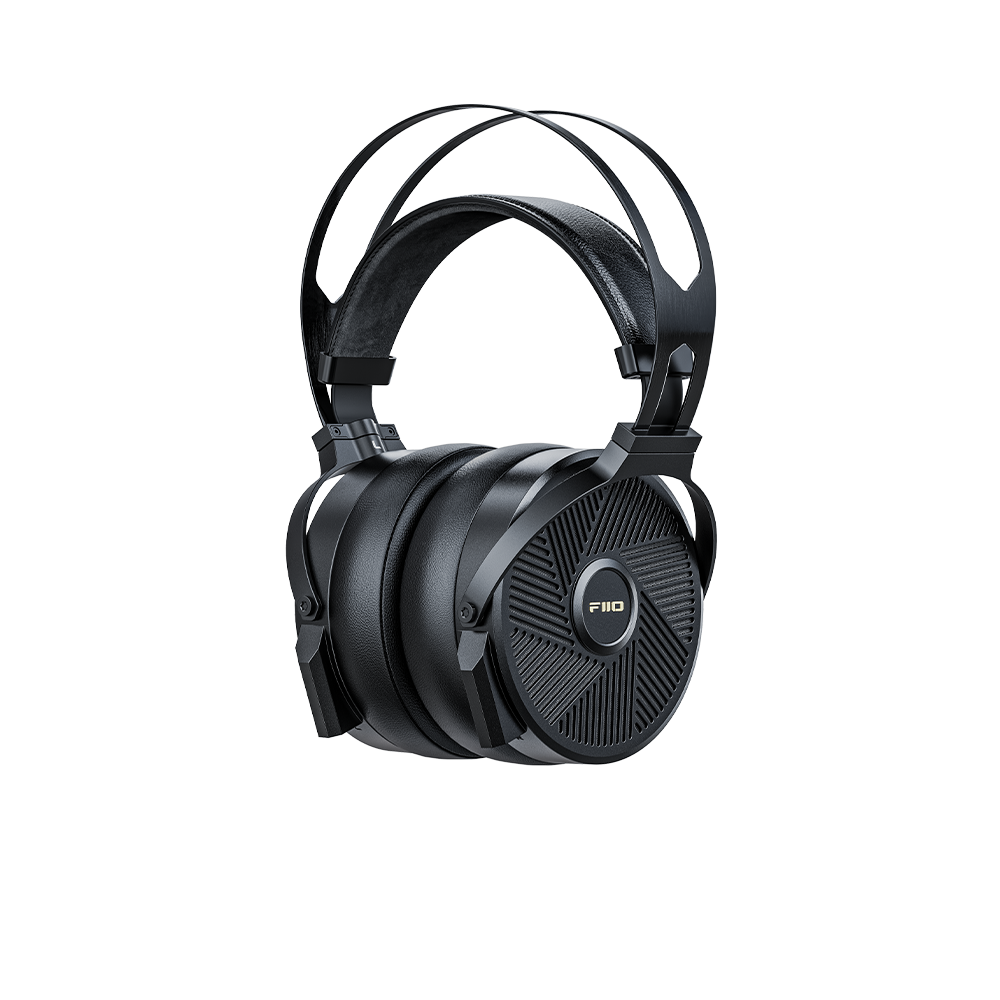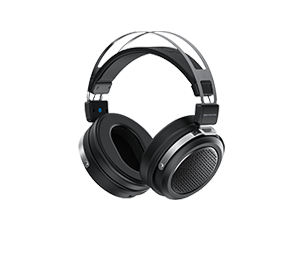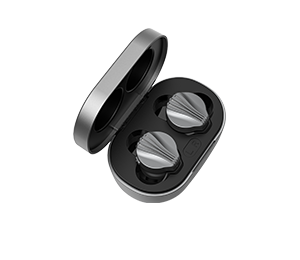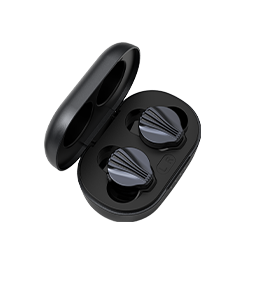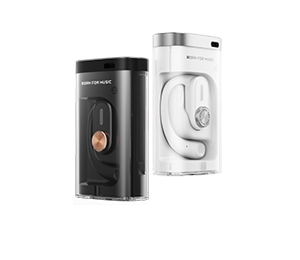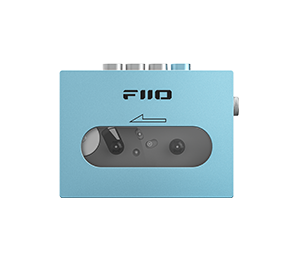FiiO FH5 Hybrid IEM Review
Author:Paul Brooks
Review from:Headphone&Earphone Reviews
→→ Read the original article on Headphone&Earphone Reviews:>> Click here
INTRODUCTION
FiiO have been very busy in the portable audio world of late, and it seems like only a short time ago they debuted their F9 series, and then followed up with a more consumer tuned (warm and smooth) FH1. With each release FiiO have progressively learned from previous versions, and they have got a lot of things right quite early – which other manufacturers still struggle with (like fit and comfort).
So when they announced the new 4 driver hybrid FH5 and at a very competitive $250-300 price point, it was natural for many people (including myself) to take notice. Most multiple driver IEMs (including hybrids) by other well known audio companies tend to be at the pricier end of the scale ($400 ++). So how well would the FH5 stack up against not only IEMs in a similar price point, but also well established products at a much higher end of the cost scale? Lets take a look together.
ABOUT FiiO
By now, most people with an interest in personal audio (and especially portable audio) should know about the FiiO Electronics Company. If you don’t, here’s a very short summary.
FiiO was first founded in 2007. Their first offerings were some extremely low cost portable amplifiers – which were sometimes critiqued as being low budget “toys”. But FiiO has spent a lot of time with the audio community at sites like Head-Fi, and continued to listen to their potential buyers, adopt their ideas, and grow their product range. They have a full range of digital audio players and many of these are on their 2nd or 3rd iterations. And their flagship products can comfortably sit amongst other other creators of audio products, and often at higher price levels.
They’ve now developed new cables, desktop and portable amplifiers, DACs, ear-buds and earphones. In the earphone line, they have rapidly matured, particularly in the hybrid segment, and their F9 series and first of their FH series was well received.
FiiO’s products have followed a very simple formula since 2007 – affordable, stylish, well built, functional, measuring well, and most importantly sounding good.
DISCLAIMER
The FiiO FH5 that I’m reviewing today was provided to me freely as a review sample. FiiO have asked me to keep it for my personal use, or for follow up comparisons, and I thank them for this. The retail price at time of review is ~ USD 260.
PREAMBLE
If you haven’t read any of my reviews, I suggest starting here, as it will give you an insight into my known preferences and bias.
For the purposes of this review – I used the FiiO FH5 straight from the headphone-out socket of many of my portables, but predominantly the X5iii, M7, X7ii, N5ii and my iPhone. I did not generally further amp them (I did test them with my Q1ii, Q5, XRK-NHB, and E17K), as IMO they do not benefit greatly from additional amplification (YMMV and it may depend on your source). In the time I have spent with the FH5, I have noticed no change to the overall sonic presentation (break-in).
This is a purely subjective review – my gear, my ears, and my experience. Please take it all with a grain of salt – especially if it does not match your own experience.
THE PACKAGE
The FiiO FH5 arrived in quite a large (~ 155mm x 209mm x 73mm) retail box with very simple black over-sleeve (just the words FiiO, FH5, Hi-Res Audio logo, and a graphic image of the FH5 on the sleeve). Inside is a large book style case, simply embossed with the FiiO name/logo. Opening this reveals the FH5 safely held inside a foam cut-out. Under the cut-out are two compartments – one holding the large array of tips and the second holding the carry and storage cases. The storage case is very similar to their other Pelican type cases and provides pretty good protection as well as storage. Because of it’s size, its more suited to jacket pocket than pants pocket use.
There is also a pocketable soft-case (similar to the one from the F9 Pro). Its essentially a neoprene fabric clamshell (zipped) which has sufficient padding to protect, but is small enough to fit in a pants / jeans pocket. Its a perfect size.
This full accessory package includes:
1 pair FiiO FH5 IEMs
1 x 3.5mm MMCX stereo cable
3 sets of “balanced” silicone ear tips (S M L)
3 sets of “vocal enhanced” silicone ear tips (S M L)
3 sets of “bass enhanced” silicone ear tips (S M L)
3 set of Crystal foam tips (inexplicably all in medium)
1 x cleaning tool
1 x velcro cable tie
1 x rigid Pelican type case
1 x soft neoprene carry case
Instruction manual & warranty card
The tips are interesting – the tuning ability seems to come down to aperture width and also material rigidity (unfortunately none of the supplied tips were able to give me a proper seal). The supply of 3 sets of “M” foam tips was also puzzling. My ear canals are large so of course none fit me.
For the price though – its a pretty comprehensive overall package.
THE TECHNICAL SPECIFICATIONS
| Model | FiiO FH5 |
| Approx price | $260 USD |
| Type | 4 driver Hybrid IEM |
| Driver DD | 1 x 10mm polymer nano-composite |
| Drivers BA | 1 x Knowles ED3062 and 1 x Knowles dual TWFK-31082 |
| Driver Config | 1 x DD bass, 1 x BA mid-freq , 1 x dual BA high-freq |
| Freq Range | 15Hz – 40kHz |
| Impedance | 19Ω |
| Sensitivity | 112 dB/mW |
| Cable Connection | Standard MMCX detachable |
| Cable Type | 1.2m mono-crystalline silver plated copper (TPU sheath) |
| Jack | Gold plated, 90 deg angled, 3.5mm SE |
| Weight (FH5 + cable + tips) | ~40g |
| Casing material | CNC machined aluminium-magnesium alloy |
MEASUREMENTS
The graphs I use are generated using the Vibro Veritas coupler and ARTA software. Ken Ball (ALO/Campfire) graciously provided me with measurement data which I have used to recalibrate my Veritas so that it mimics an IEC 711 measurement standard (Ken uses two separate BK ear simulators, we measured the same set of IEMs, and I built my calibration curve from shared data). I do not claim that this data is 100% accurate, but it is very consistent, and is as close as I can get to the IEC 711 standard on my budget. I suspect it is slightly down at around 9-10 kHz, and tend to dip slightly at sub bas with foam tips), but seems reasonably accurate through the rest of the spectrum.
I do not claim that the measurements are in any way more accurate than anyone else’s, but they have been proven to be consistent and I think they should be enough to give a reasonable idea of response – especially if you’ve followed any of my other reviews. When measuring I usually always use crystal foam tips (medium bore opening) – and the reason I use them is for very consistent seal and placement depth in the coupler. I use the same amp (E11K) for all my measurements – and output is under 1 ohm.
The graphs are provided merely as a point of discussion, and later in the review I’ve included comparisons to other IEMs for similar reference.
Channel matching is extremely good (practically perfect) over the entire frequency range with just a small difference at 4-5 kHz (crossover on this pair?). It is rare to find an IEM with such perfect matching at this price point (in my experience).
BUILD
The FiiO FH5 has the type of shape you would normally associate with higher end customs, and is almost a cross between a wing type and peanut/jelly-bean shape design. Basically its designed to ergonomically fit snugly inside your outer ear cavity, securely held inside the Concha with the skinny end inside your Intertragical notch.
It is by no means a small shell – measuring approx 22mm across, 18mm high and 12mm deep (main body) with the nozzle extending a further 5mm (slightly forward and upward). The shell is in 3 pieces (see diagram) and CNC machined from aluminium-magnesium alloy. The outer shell is decorated with a brass coloured outline, and textured lines across the body. The inner shell has an internal bass port, R/L indicator and very smooth contoured lines with no sharp edges.
The nozzle extends 5mm (forward and up) and has a reasonable lip. It has been a very good fit with Symbio Mandarine tips. The nozzle measures 6mm across, and is covered by a foam safety mesh covering the 3 sound tubes (one for each driver – low, mid, high x2). I did try removing the mesh and measuring the sound difference between with mesh and without, and there is no frequency response change. I couldn’t discern a difference either (subjective).
At the top rear of the FH1 shell is an almost flush fitting standard MMCX socket (protrudes by about 1mm). The socket is firm with the supplied cable, and has a red or blue ring on the body for easy identification. The FH5 comes with a single ended SPC cable. FiiO have used a high purity mono-crystalline silver plated copper encased in a very flexible transparent TPU sheath. From the MMCX connectors to the Y-split is a single twisted pair on each side, and then from y-split to jack is two side-by-side twisted pairs. The FH5 cable has preformed ear-loops – again with a colour coded (blue or red) indicator. I find these loops really comfortable and work well. Both the Y-split and Jack are metal, and there is a cinch above the Y-split which works well for snugging the cable tight. The cable has low microphonics – essentially non-existent when using the cinch.
Internally the FH5 uses a 3 way driver system – single 10mm polymer nano-composite dynamic driver for the lows, single Knowles ED3062 BA driver for the mid-range, and dual Knowles TWFK-31082 for the highs. Each driver has its own sound tube, and FiiO says this adds to separation, imaging and also extension.
All in all, the design and build quality is pretty much faultless, and what I would personally expect from an IEM in a much higher price bracket.
FIT / COMFORT / ISOLATION
Isolation is generally average for a Hybrid IEM (you will always likely get some form of external noise through the bass port in a high noise environment). It does ultimately depend on tip choice and seal. I have used these on our suburban streets and the isolation is pretty good – but I did try on a flight a couple of weeks ago, and for me personally it was not strong enough to isolate the noise of the aircraft engines – especially with my normal low listening levels.
Fit and comfort thoughts are very subjective, and will vary from person to person. My experience has been one of complete satisfaction. The FiiO FH5 has been designed for a completely ergonomic fit (much like a custom monitor). For me they are a perfect, sit flush with my outer ear, and basically disappear within a few seconds of wearing (I could forget they are in). I have slept with them intact, and woken hours later with them still there and no discomfort. The lack of hard edges and the smooth internal finish contribute to an extremely positive experience. The FH5 is designed to only be used cable over ear.
The FH5 has a good lip on the nozzle. I’ve tried Spiral Dots, Spin-fits, Ostry tuning tips, Sony Isolation tips and Symbio Mandarines. The best seal for me was the Symbios (because of the relatively shallow fit.
SOUND QUALITY
Most of the testing at this point was done with my X7ii, no EQ, and Symbio Mandarine tips. I used the X7ii simply because paired they not only gave me a very transparent window to the music with low impedance, and more than enough power. There was no EQ engaged.
For the record – on most tracks, the volume level on the X7ii (paired with AM3A) was around 30-40/120 on low gain (depending on the track) which was giving me an average SPL around 65-75 dB. Tracks used were across a variety of genres – and can be viewed in this list https://www.head-fi.org/f/articles/brookos-test-tracks.17556/
While testing I constantly switched with my reference pair (Alclair Curve + E17K with +4 bass) to give me a good base-line.
Relativities
Sub-bass – Good extension and nice rumble (Lorde’s “Royals), but does not overpower the mid-range, and is not loose or uncontrolled. Elevated compared to mid-bass.
Mid-bass – reasonably linear with good impact, but not quite as dominant as sub-bass. The bass timbre is good and I was surprised at its overall speed. Eminem’s “Lose Yourself” showed plenty of thump but again I was surprised that despite the ability to be reasonably visceral in intensity, it again does not overshadow vocals. The one thing I noticed overall with both sub and mid-bass is that its there when needed, but isn’t the focus when its not in the track.
Lower mid-range – recessed compared to both bass and upper mid-range and lower treble. Male vocal fundamentals are very good, but female vocals are a little more dominant than male. There is the slightest bit of distance with male vocals, but overall weight and timbre are good.
Upper mid-range – elevated compared to lower mid-range, and there is a quick rise from the lower mid-range to a peak at 2 kHz, then a drop down to ~ 3.5 kHz. The transition from lower to upper-mids is reasonably cohesive, but the somewhat early rise can be quite forward depending on the tracks used (happens more often with female vocals). Guitar can also be quite forward, and my one concern with the FH5 is that the peak and consequent drop could tend toward a slight fatigue after extended listening. Of course, I am quite sensitive in this area – but its worth noting. In tracks like Sarah Jarosz “Mile on the Moon” when switching between the Curve (my reference pair) and the FH5, there is just a better balance with the Curve’s mid-range, and the mids overall sound a little more natural. The forwardness is not blatantly overdone though and does lend toward a very clear and clean vocal presentation.
Lower treble has very good extension, and a nice overall balance throughout. It is also quite linear with a very slight emphasis at 7 kHz for cymbal brilliance. This provides gives good clarity with cymbal strikes, and the subsequent decay is also very good. Its worth noting here that the lower treble is not overdone, and if anything provides reasonable detail without over-emphasis. Interestingly if you adjust the upper mid-range via EQ, the lower treble is almost as good as I’ve heard with respect to extension and balance.
Upper treble rolls seems to extend quite well with some decent “air”, but is difficult to capture properly on my budget measurements set-up, and with my “aged” hearing I no longer notice much over 12 kHz anyway.
Resolution / Detail / Clarity
Clarity overall is extremely good. Upper-mids have that emphasis to give guitars bite and definition (although I would question whether it errs on the side of slightly too much). Micro details are quite evident and easily discernible.
Cymbal hits have good clarity and presence but aren’t over-emphasised and sit quite slightly back in the overall mix compared to vocals. Decay is very good, and trails off nicely after the cymbal strike.
Sound-stage, Imaging
Directional queues are good – clean and clear . Presentation of stage is just on the periphery of my head space with binaural tracks, so not what I would call expansive.
I have a live recording of Lakme’s “Flower Duet” which has two sopranos (Netrebko and Garanca) moving to the rear of the stage at the end of the song, and continuing the last chorus from there. This is a good track to capture the impression of stage depth. The FH5 captured the transition well – although the forwardness of the vocals again is not as good as the presentation on the Curve.
The applause section of the same track showed a very good sense of immersion (the sound of the audience flowing around me), and the tonality gave a reasonable touch of realism. Width and depth seems nicely matched if a touch small dimensionally.
“Let it Rain” (Amanda Marshall) gave a nice three dimensional feel (the way the track is miked) with good guitar and vocal focus. There was the usual sibilance with Amanda’s vocals – and it should be there because its in the recording, but it wasn’t over done (in fact it was a really good experience).
Strengths
Overall balance of the frequency range.
Very good presentation of both sub and mid-bass.
Precise imaging and a nicely shaped (if intimate) sense of stage.
Overall cohesion with lower and upper register vocals
Good for both female and male vocals.
Lower treble is extended and nicely balanced overall.
Weaknesses
Forwardness of the mid-range tends to dominate and can become fatiguing (at least for me)
The early rise into the vocal harmonics area, and then subsequent fall can introduce very slight stridency with some artists – especially with female vocalists.
AMPLIFICATION REQUIREMENTS
 The FiiO FH5 doesn’t need amplification for overall volume – and because its impedance isn’t overly low, any source with an output impedance of less than 2 ohms (to meet damping requirements) should pair OK.
The FiiO FH5 doesn’t need amplification for overall volume – and because its impedance isn’t overly low, any source with an output impedance of less than 2 ohms (to meet damping requirements) should pair OK.
With my iPhone SE around 25-35% volume is more than enough with most tracks, and the FiiOs are generally at around 30-40/120 single ended. I also tried the FH5 with the Q1ii, A5 (too much gain), Q5, E17K and XRK-NHB, but noticed no real differences in dynamics on any except for the XRK-NHB. The second order harmonics with the XRK-NHB were very enjoyable and did tend to add a little more body to the lower mid-range as well as softening some of the forwardness of the upper mid-range.
RESPONSE TO EQ?
By now you already know where I consider the FH5’s single weakness to be – the slightly forward mid-range. Unfortunately this was one issue the E17K wasn’t going to solve, so it was just a matter of applying some straight EQ using the X7ii’s 10 band EQ. Dropping the 2 kHz by 4 dB and the 1 kHz by 2dB was enough to take some of the forwardness from the overall frequency range, and (for me anyway) completed the overall balance. If this had been the default signature, I do think FiiO would have been close to the perfect overall tonality. Fortunately its an easy change to introduce.
COMPARISON WITH OTHER IEMS
These comparisons were all done with the X7ii, (no EQ) – and volume matched using a calibrated SPL meter and fixed 1kHz test tone first.
I’ve had a lot of requests for comparisons to many different IEMs, so please excuse some of the choices – especially given the price points.
VALUE
Probably the easiest section I’ve ever had to write. The FH5 provides exceptional value due to the quality build, cables and accessories combined with a signature that has a lot of overall balance, and for me is very close to being perfect. As you can see from the comparisons, the FH5 sits very well against comparable IEMs, and can compete with those in higher price brackets. It represents a very high value proposition.
FIIO FH5 – SUMMARY
The FH5 is an easy recommendation. It has almost immaculate build quality, ergonomics, and its cable is both aesthetically impressive and designed to last. The FH5 comes with a well thought out accessory package, and the carry cases in particular are very handy (especially the neoprene portable case).
Sonically the FH5 is almost perfect with good overall balance, very good extension end-to end, and extremely good clarity. It portray male and female vocals equally well. The FH5 exhibits only one minor flaw which (for me) is in the mid-range. Instead of a slow transition from ~ 1 kHz to 3 kHz, the FH5 has an early rise to 2 kHz, and this creates a very forward overall signature which can be slightly strident at times. Fortunately for me it is an easy fix via EQ, and once the EQ is in place, it really is a very coherent monitor.
At their asking RRP, I consider them to be exceptional value, and if you like a more mid-focused signature – chances are these will tick most of your boxes. My thanks once again to Lily and the team at FiiO for their continued faith in me as a reviewer. You have an extremely good IEM here, and I am very interested to see where you go next in your journey.
| FiiO FH5 | My Score | Out of | Weighting | Weighted Score |
| Accessories | 8 | 10 | 5.00% | 0.40 |
| Build | 10 | 10 | 10.00% | 1.00 |
| Design | 10 | 10 | 5.00% | 0.50 |
| Fit/Comfort | 9 | 10 | 15.00% | 1.35 |
| Sound Quality | ||||
| Bass quality | 9 | 10 | 8.00% | 0.72 |
| Mid-range quality | 7 | 10 | 8.00% | 0.56 |
| Treble quality | 9 | 10 | 8.00% | 0.72 |
| Overall tonality | 7 | 10 | 8.00% | 0.56 |
| Clarity | 8 | 10 | 8.00% | 0.64 |
| Stage/Imaging | 7 | 10 | 8.00% | 0.56 |
| Value | 9 | 10 | 17.00% | 1.53 |
| Total | 93 | 110 | 100.00% | 8.54 |



